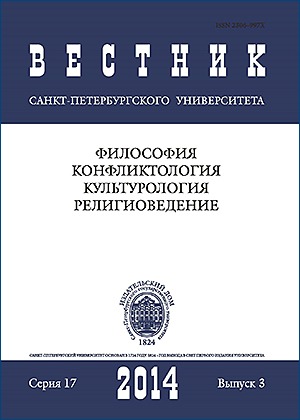MANAGEMENT IN PERFORMING ARTS: THE CHALLENGES OF CONTEMPORARY CULTURE
Abstract
Organizations of culture and art are now facing the question “ to be or not to be?” Why are some of them failures and some successful? How to overcome a “gaping hole” in cultural policy of the state? Deep institutional crisis of philharmonic societies is a result of a whole complex of causes. First of them is inertia: life develops faster than our mentality. Today’s hierarchical model of management gives space to the market model. Its advantages are appreciated by directors of Sverdlovsk and Tyumen Philharmonic societies. Th ey do not wait for changes in the cultural policy of the state, they create cultural policies at the local level in cooperation with regional authorities. Some strategic arrangements which help philharmonic societies to keep prosperity and take an active part in forming a local cultural environment are considered in the article. Refs 6.
Keywords:
Organizations of culture and art, budget reform, cultural environment, cultural policy, inertia, institutional crisis, contemporary management
Downloads
References
Downloads
Published
How to Cite
Issue
Section
License
Articles of "Vestnik of Saint Petersburg University. Philosophy and Conflict Studies" are open access distributed under the terms of the License Agreement with Saint Petersburg State University, which permits to the authors unrestricted distribution and self-archiving free of charge.






